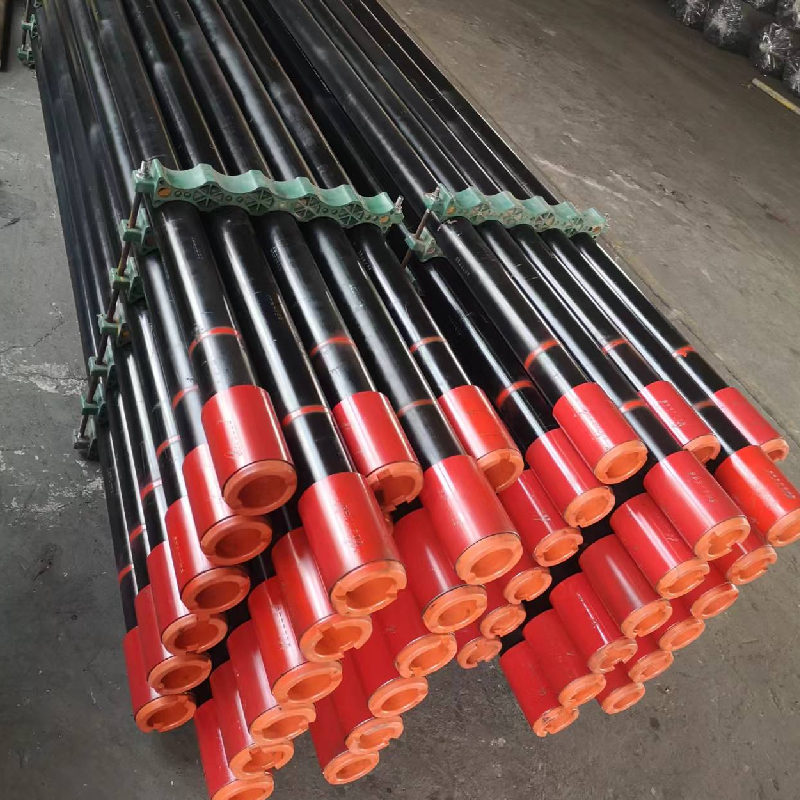- Afrikaans
- Albanian
- Amharic
- Arabic
- Armenian
- Azerbaijani
- Basque
- Belarusian
- Bengali
- Bosnian
- Bulgarian
- Catalan
- Cebuano
- Corsican
- Croatian
- Czech
- Danish
- Dutch
- English
- Esperanto
- Estonian
- Finnish
- French
- Frisian
- Galician
- Georgian
- German
- Greek
- Gujarati
- Haitian Creole
- hausa
- hawaiian
- Hebrew
- Hindi
- Miao
- Hungarian
- Icelandic
- igbo
- Indonesian
- irish
- Italian
- Japanese
- Javanese
- Kannada
- kazakh
- Khmer
- Rwandese
- Korean
- Kurdish
- Kyrgyz
- Lao
- Latin
- Latvian
- Lithuanian
- Luxembourgish
- Macedonian
- Malgashi
- Malay
- Malayalam
- Maltese
- Maori
- Marathi
- Mongolian
- Myanmar
- Nepali
- Norwegian
- Norwegian
- Occitan
- Pashto
- Persian
- Polish
- Portuguese
- Punjabi
- Romanian
- Russian
- Samoan
- Scottish Gaelic
- Serbian
- Sesotho
- Shona
- Sindhi
- Sinhala
- Slovak
- Slovenian
- Somali
- Spanish
- Sundanese
- Swahili
- Swedish
- Tagalog
- Tajik
- Tamil
- Tatar
- Telugu
- Thai
- Turkish
- Turkmen
- Ukrainian
- Urdu
- Uighur
- Uzbek
- Vietnamese
- Welsh
- Bantu
- Yiddish
- Yoruba
- Zulu
Exploring the Dynamics of Coupling and Casing in Mechanical Systems
Coupling and Casing Essential Components in Mechanical Engineering
In the realm of mechanical engineering, components such as couplings and casings play crucial roles in the functionality and reliability of machinery and equipment. Understanding these components, their purposes, and their applications can immensely benefit both engineers and technicians in various fields.
Coupling Bridging the Gap
Couplings are mechanical devices that connect two shafts together, allowing them to transmit power while accommodating misalignment and absorbing vibrations. They are essential in many industrial applications, from simple machines to complex systems. The primary functions of a coupling include
1. Power Transmission Couplings enable the transfer of energy from one shaft to another, ensuring smooth and efficient operation of machinery. 2. Alignment Compensation Misalignment can occur due to thermal expansion, wear, or installation errors. Flexible couplings can adjust to these variances without causing undue stress on the connected components.
3. Vibration Damping Machinery operation often results in vibrations that can lead to wear and tear. Certain couplings are designed to absorb and mitigate these vibrations, prolonging the lifespan of both the coupling and the connected machinery.
There are various types of couplings, including rigid, flexible, and fluid couplings, each serving distinct purposes. Rigid couplings provide a solid connection, best suited for perfectly aligned shafts, while flexible couplings are ideal for applications where misalignment may occur. Fluid couplings, on the other hand, use hydraulic principles to transmit power, making them perfect for starting heavy loads smoothly and reducing shock loads on the system.
Casing Protection and Structure
Casing refers to the outer shell or housing that encases various machinery components. Its primary functions include
coupling casing

1. Protection Casings shield internal components from environmental factors such as dirt, moisture, and contaminants. This protection is vital in ensuring the longevity and reliability of the machinery.
2. Structural Support Casings provide structural integrity to machines, supporting various components and maintaining their alignment and positioning during operation.
3. Safety Casing serves as a barrier protecting operators from moving parts and potential hazards, enhancing workplace safety.
Casing materials vary widely, including metals, plastics, and composites, depending on the application and operating conditions. For example, metal casings are often preferred in heavy-duty applications due to their strength and durability, while plastic casings may be utilized in lighter applications where weight reduction is a priority.
The Synergy Between Couplings and Casings
The interaction between couplings and casings is critical in machine design. A well-designed coupling must be housed within an appropriately robust casing to ensure that it functions effectively. Inadequate casings can lead to premature failure of couplings due to exposure to harsh environments, while poor coupling choices can result in excessive stress on the casing, leading to deformation or damage.
In designing machinery, engineers must consider factors such as the torque transfer capabilities of the coupling, the expected misalignment, and the environmental conditions the casing will endure. This holistic approach ensures that both components complement each other, enhancing the overall efficiency and reliability of the system.
Conclusion
In summary, couplings and casings are integral components in mechanical engineering that ensure the efficiency, safety, and durability of machines. Understanding their individual purposes and the synergy between them allows engineers and technicians to design and maintain systems more effectively. As technology continues to evolve, innovations in coupling and casing design will likely elevate machinery performance, pushing the limits of what is possible in mechanical engineering. Whether in manufacturing, automotive, or aerospace applications, the importance of these components cannot be overstated, highlighting the need for continued research and development in this crucial area of engineering.
-
Tubing Pup Joints: Essential Components for Oil and Gas OperationsNewsJul.10,2025
-
Pup Joints: Essential Components for Reliable Drilling OperationsNewsJul.10,2025
-
Pipe Couplings: Connecting Your World EfficientlyNewsJul.10,2025
-
Mastering Oilfield Operations with Quality Tubing and CasingNewsJul.10,2025
-
High-Quality Casing Couplings for Every NeedNewsJul.10,2025
-
Boost Your Drilling Efficiency with Premium Crossover Tools & Seating NipplesNewsJul.10,2025







